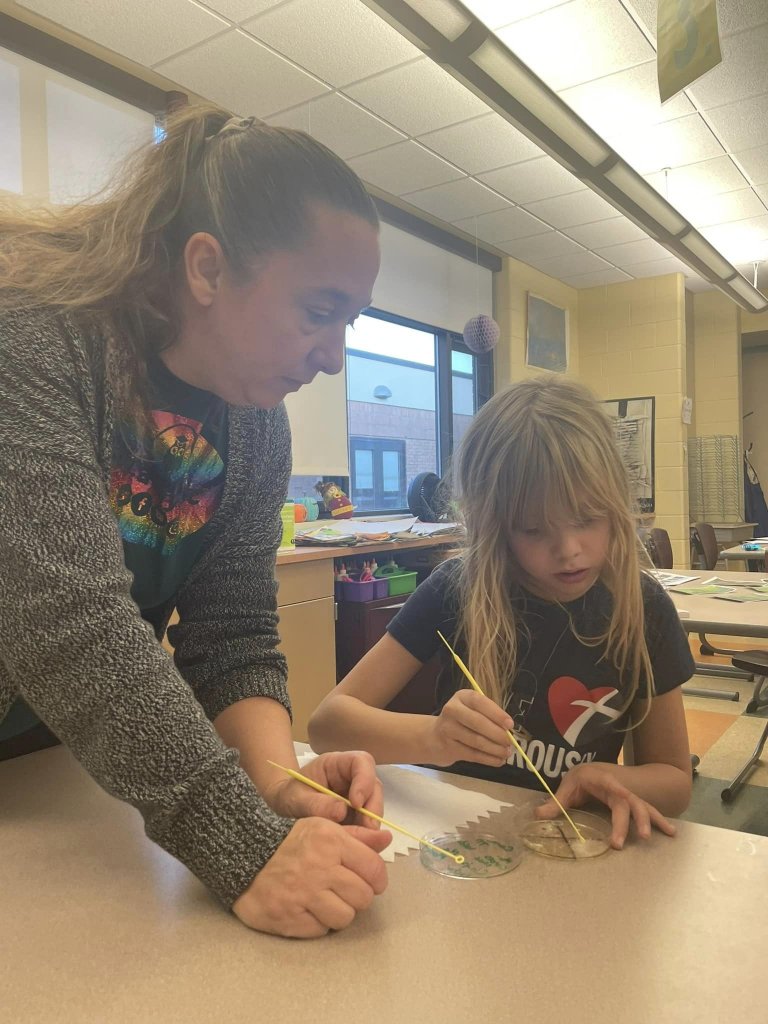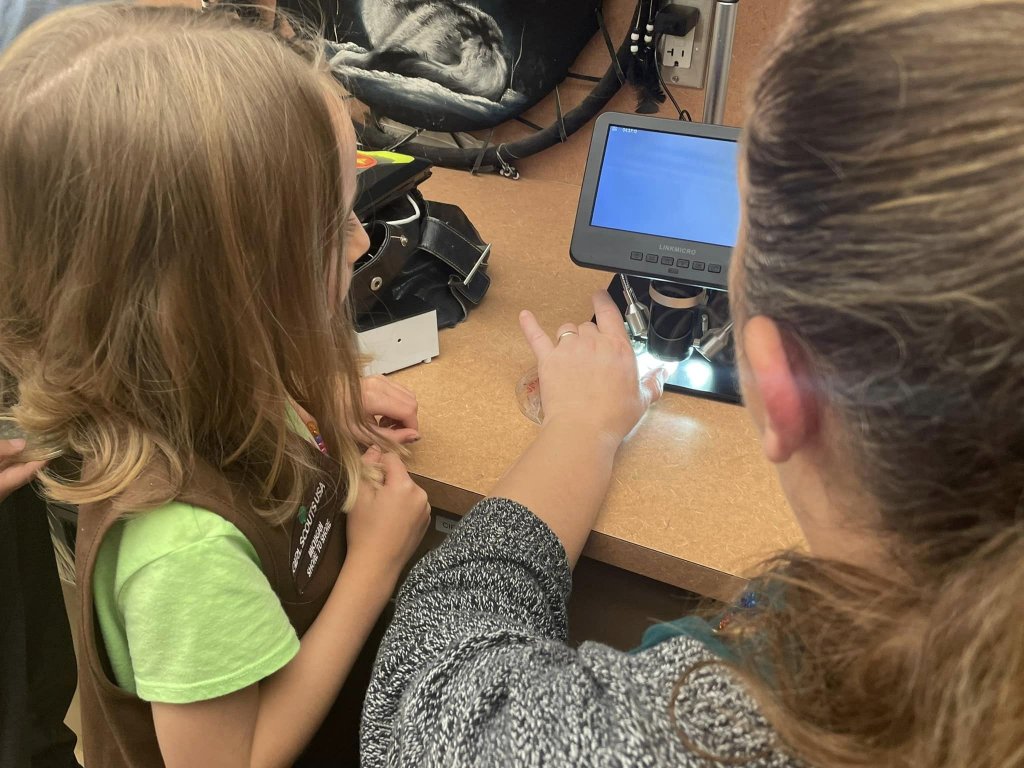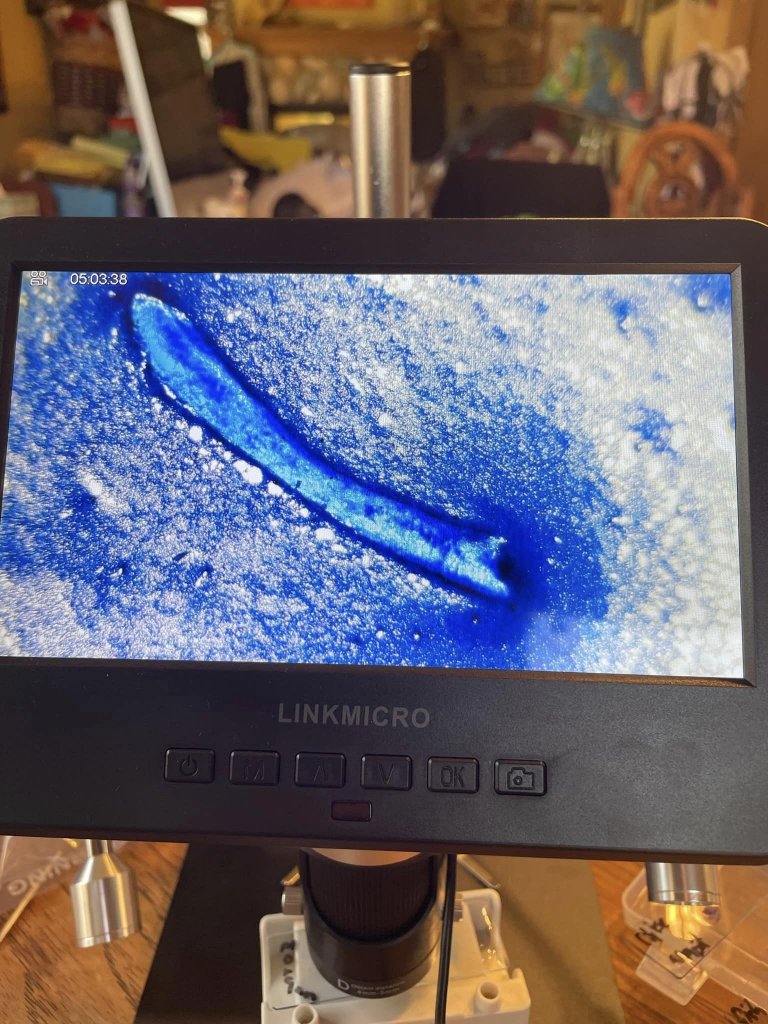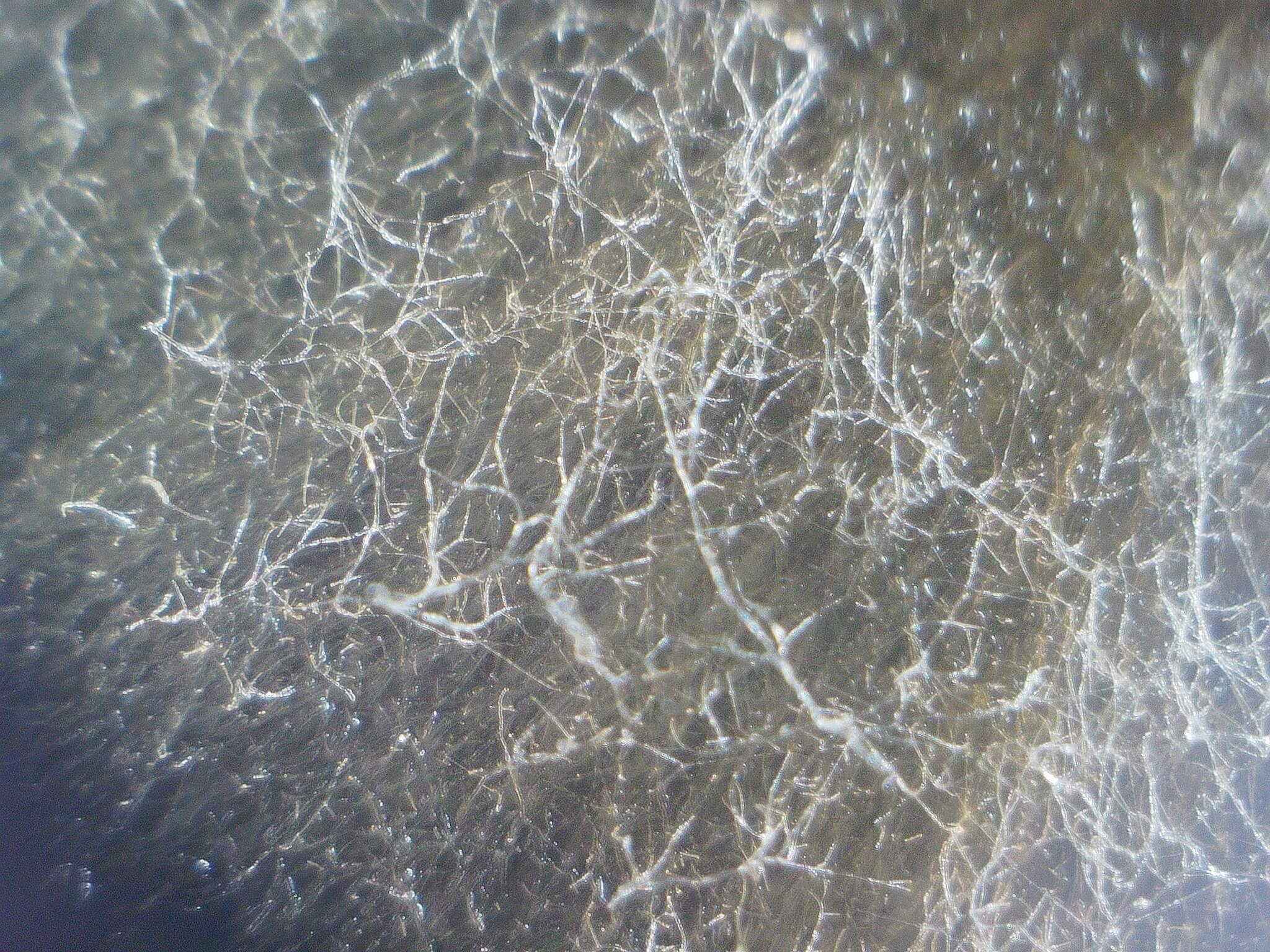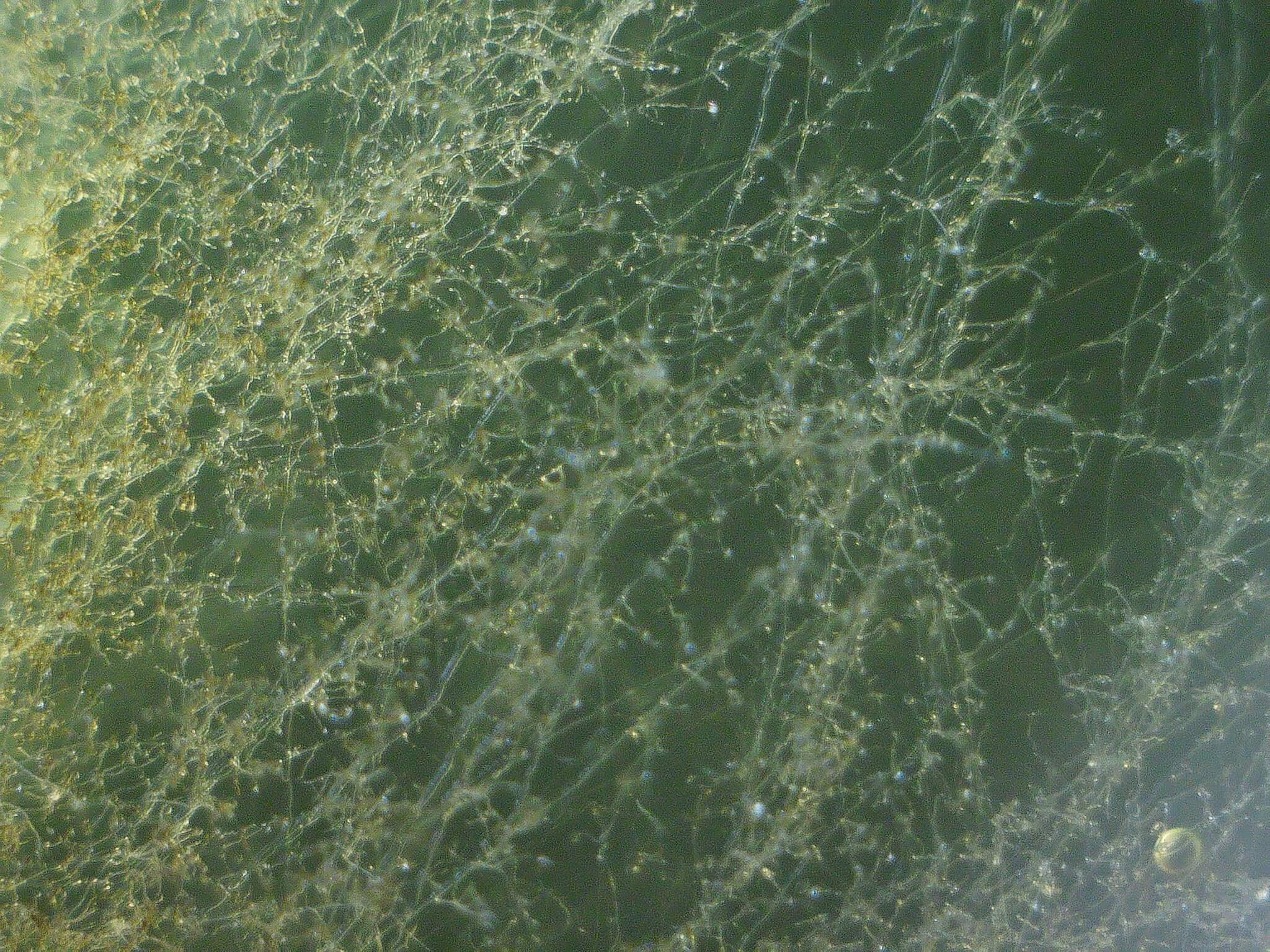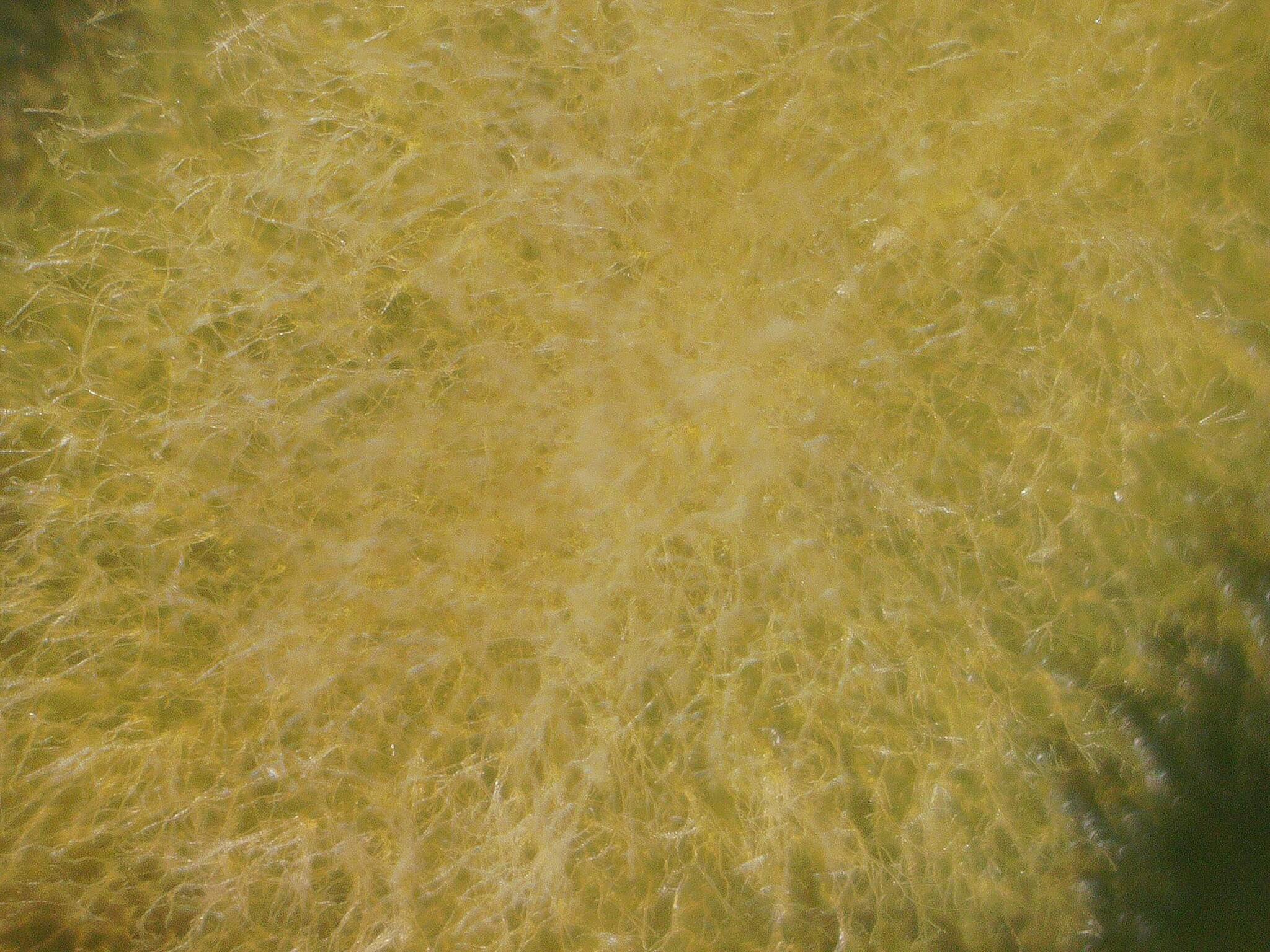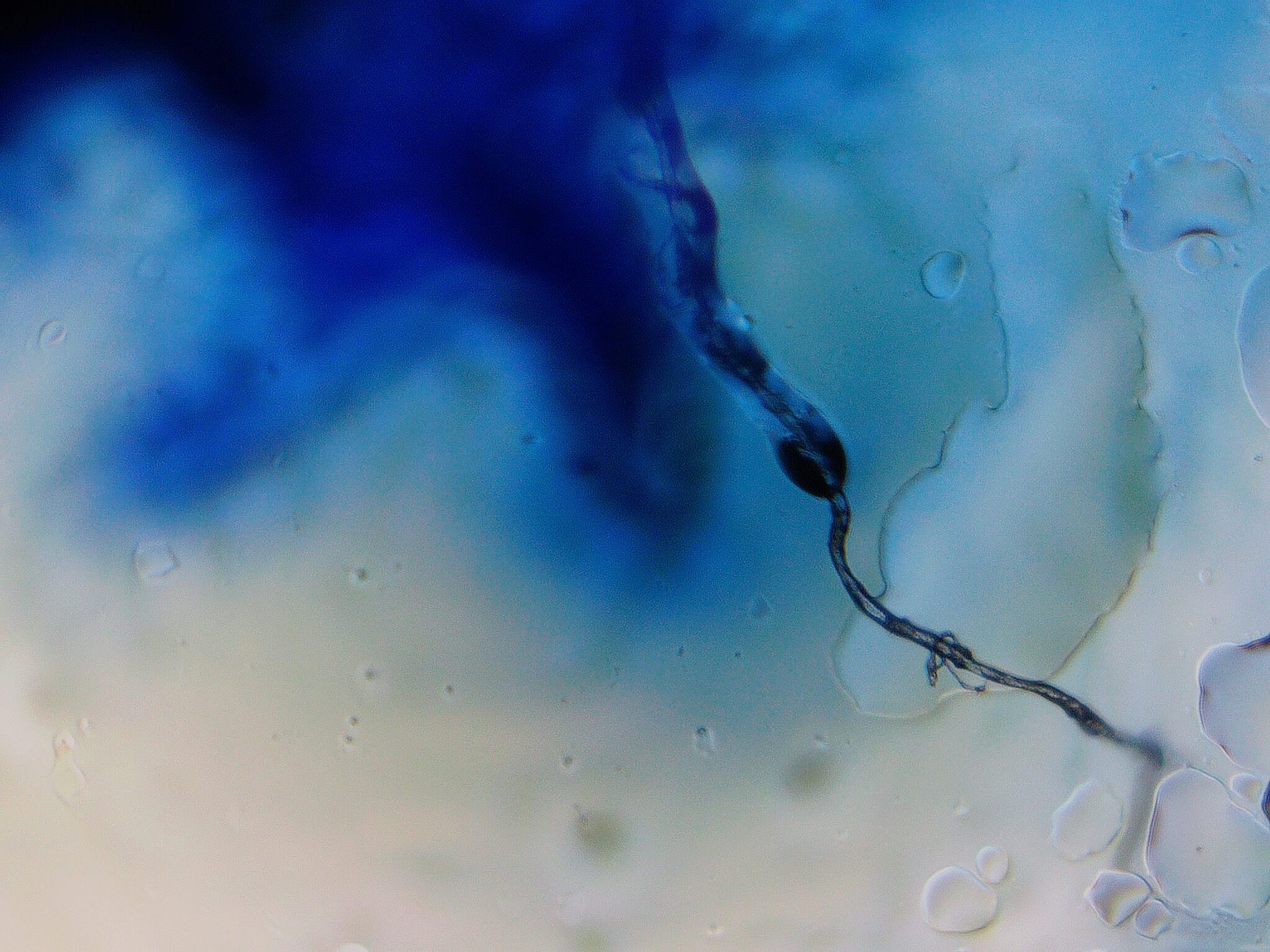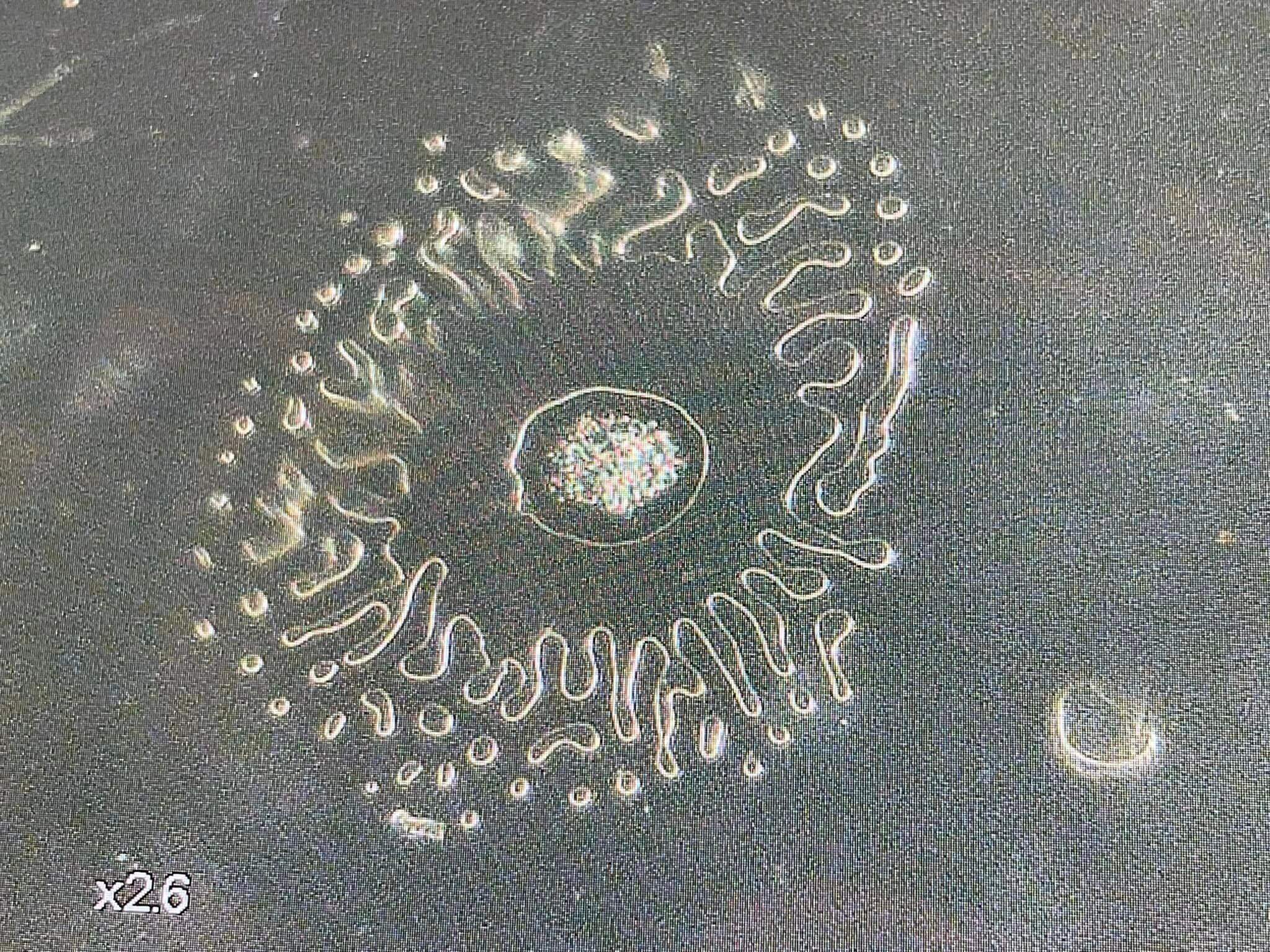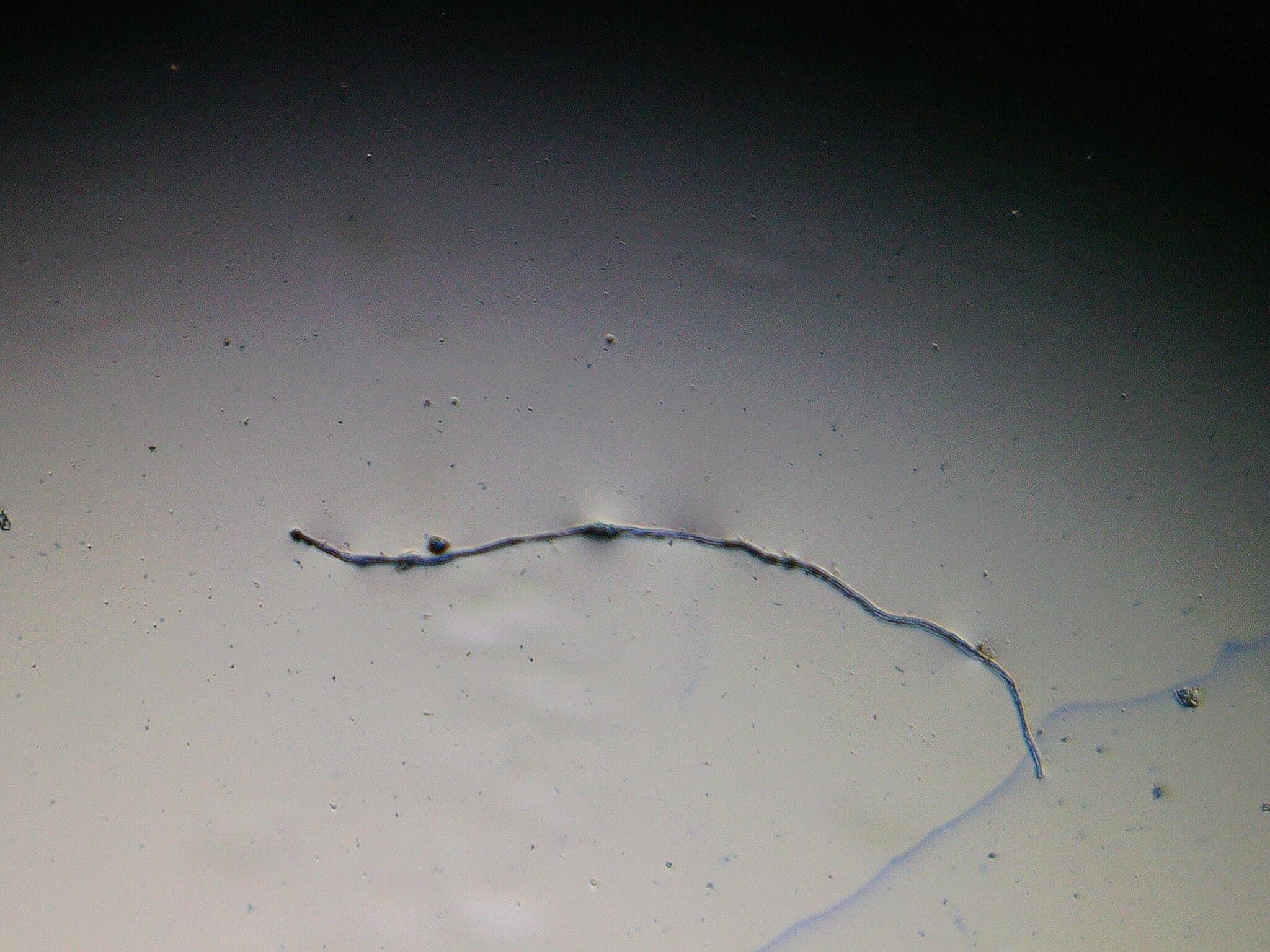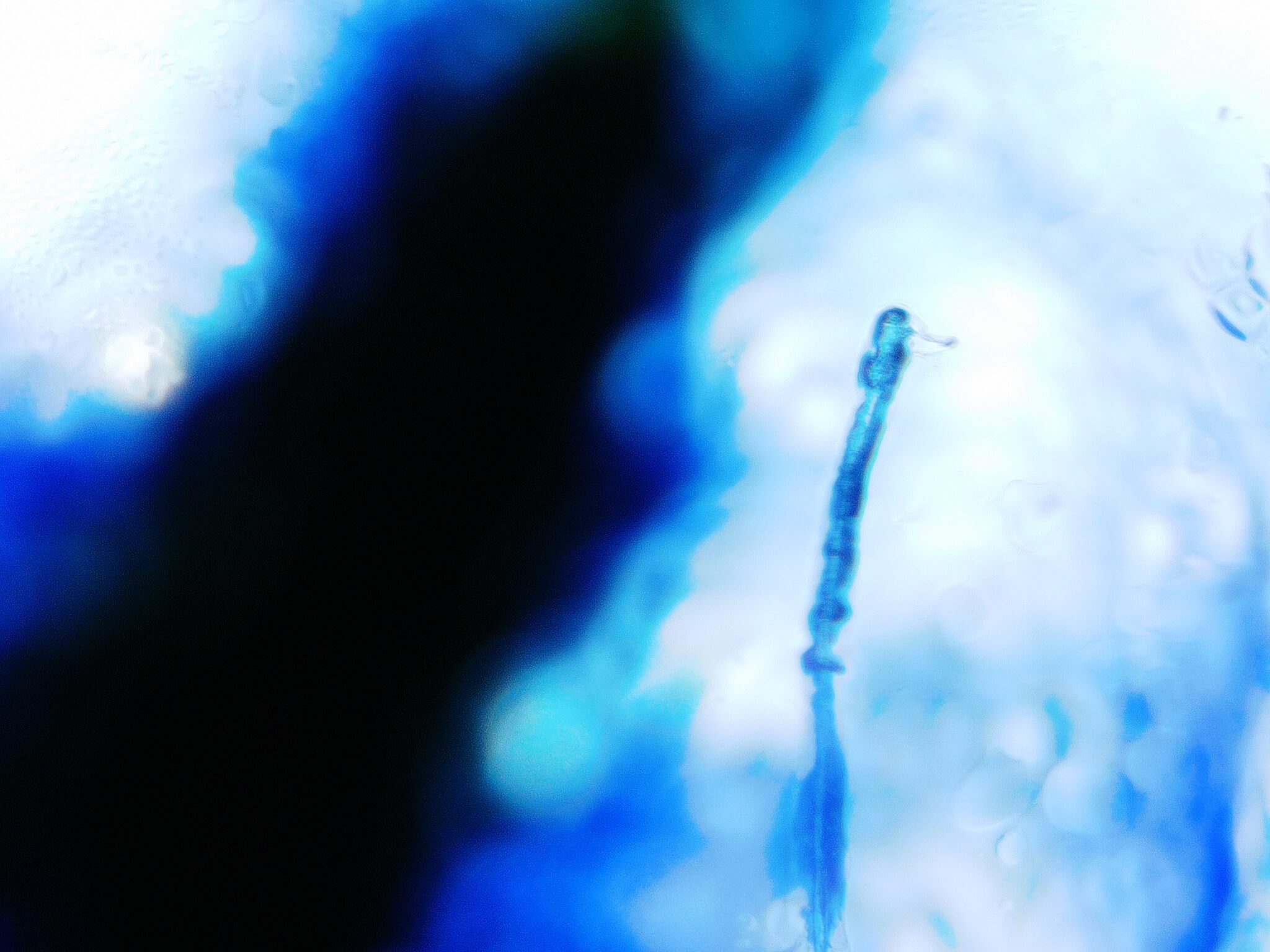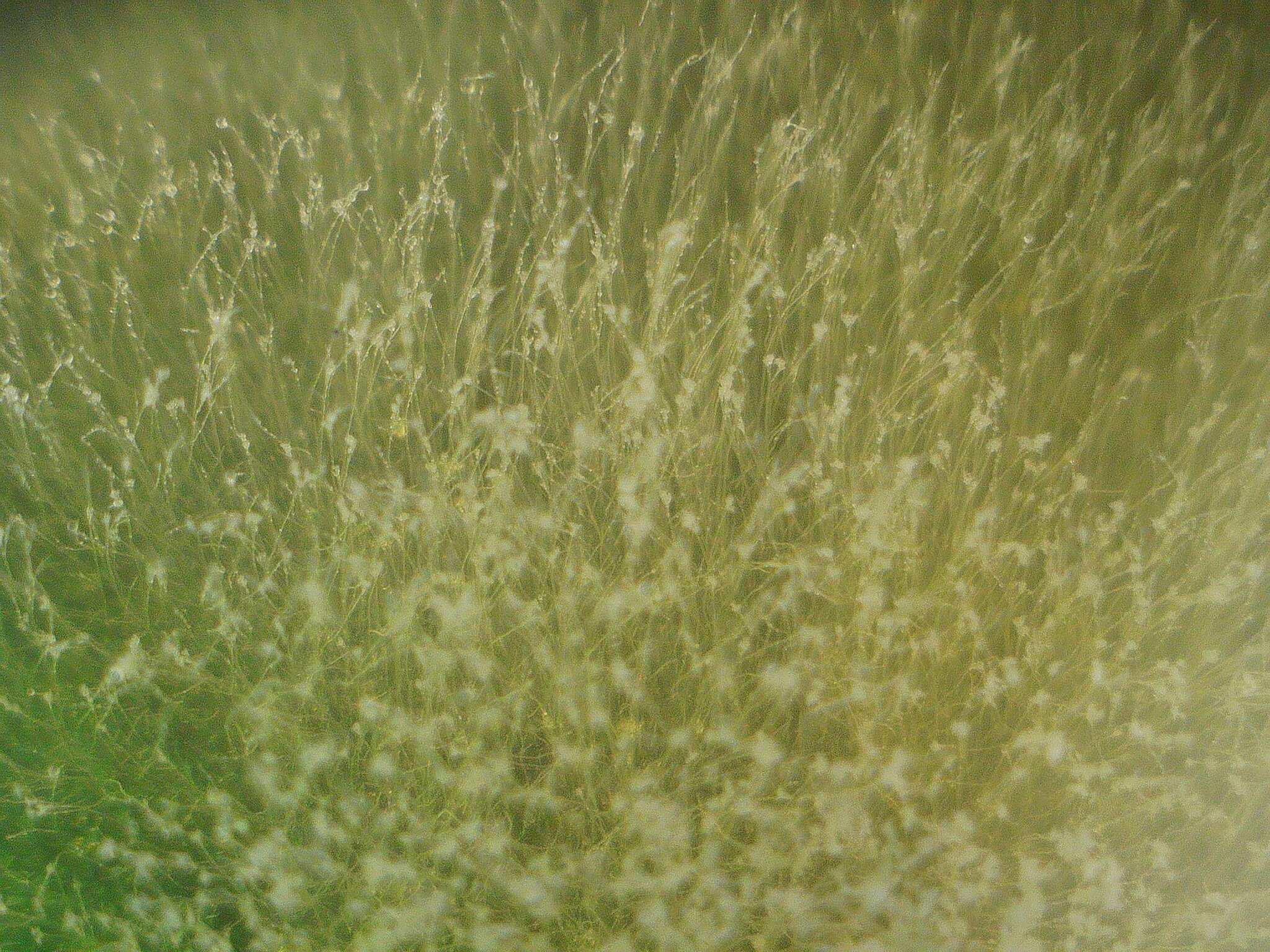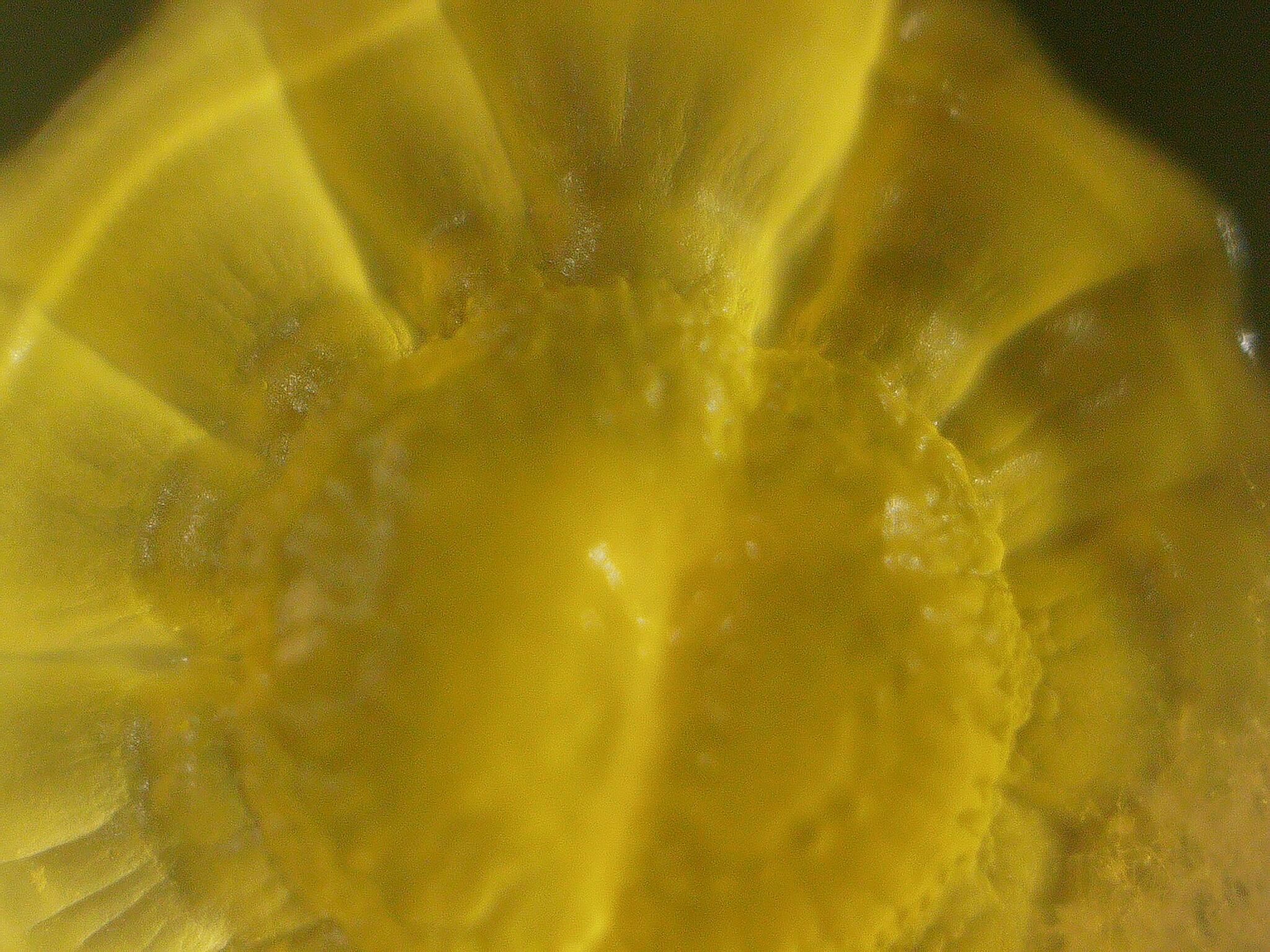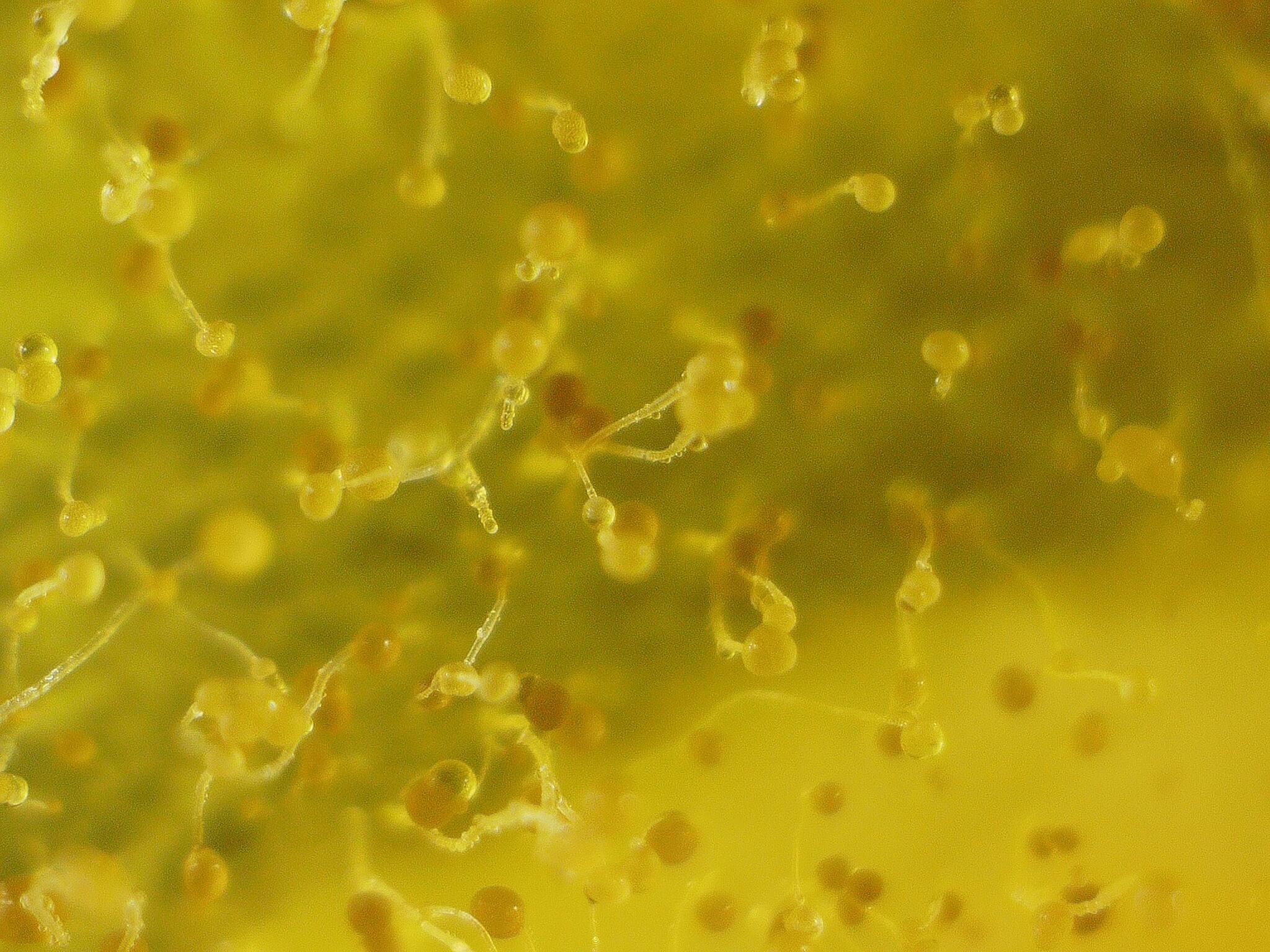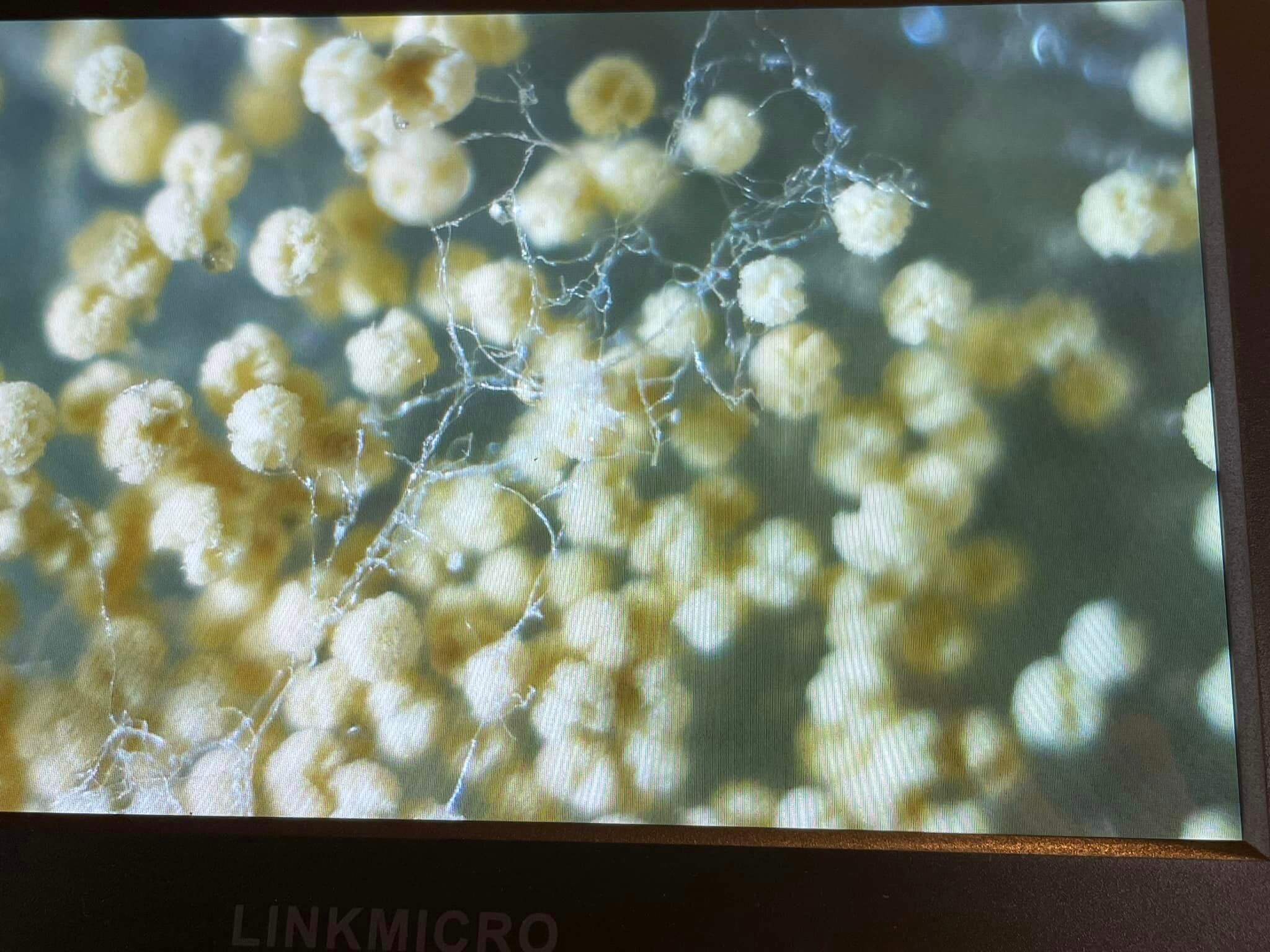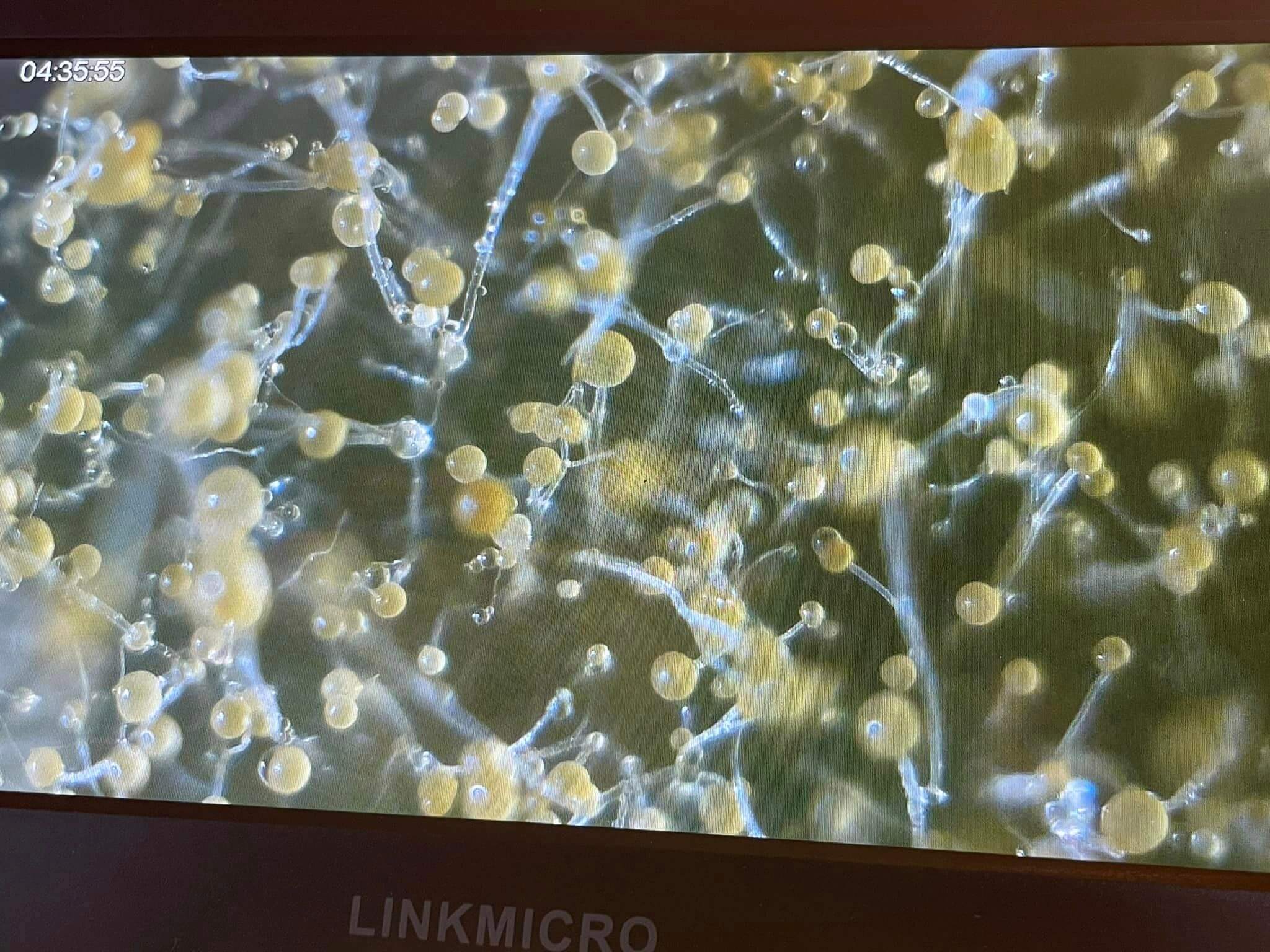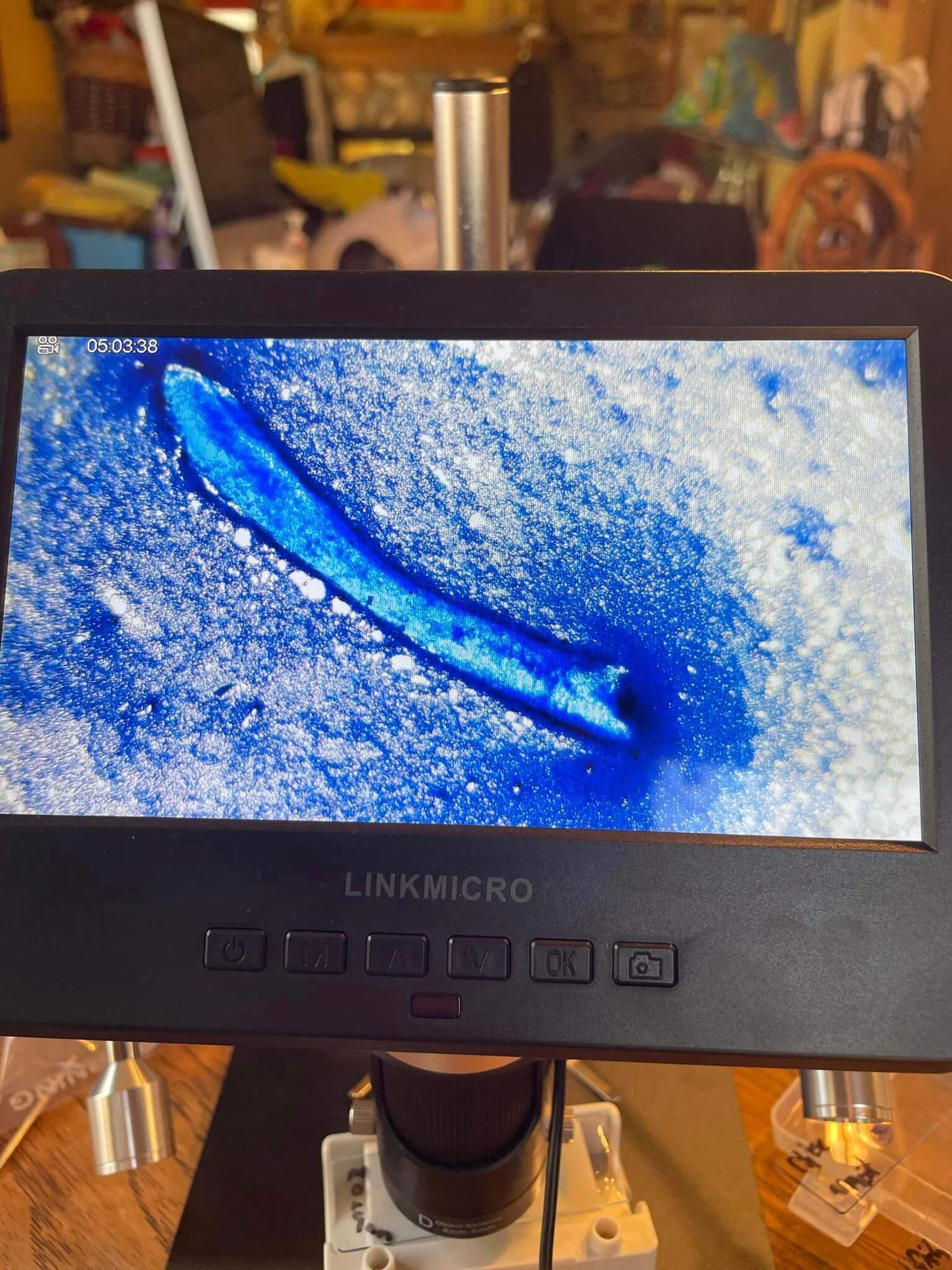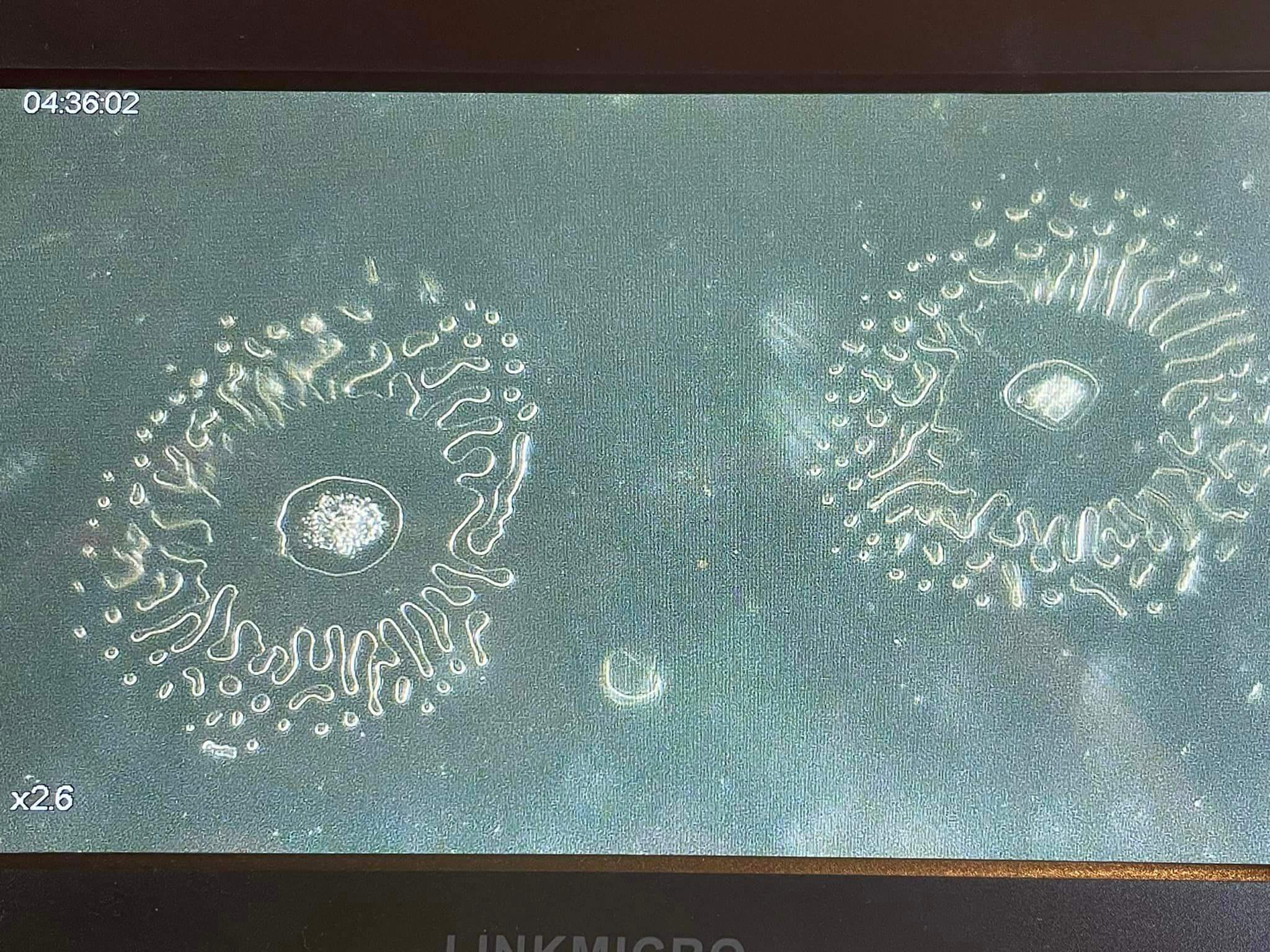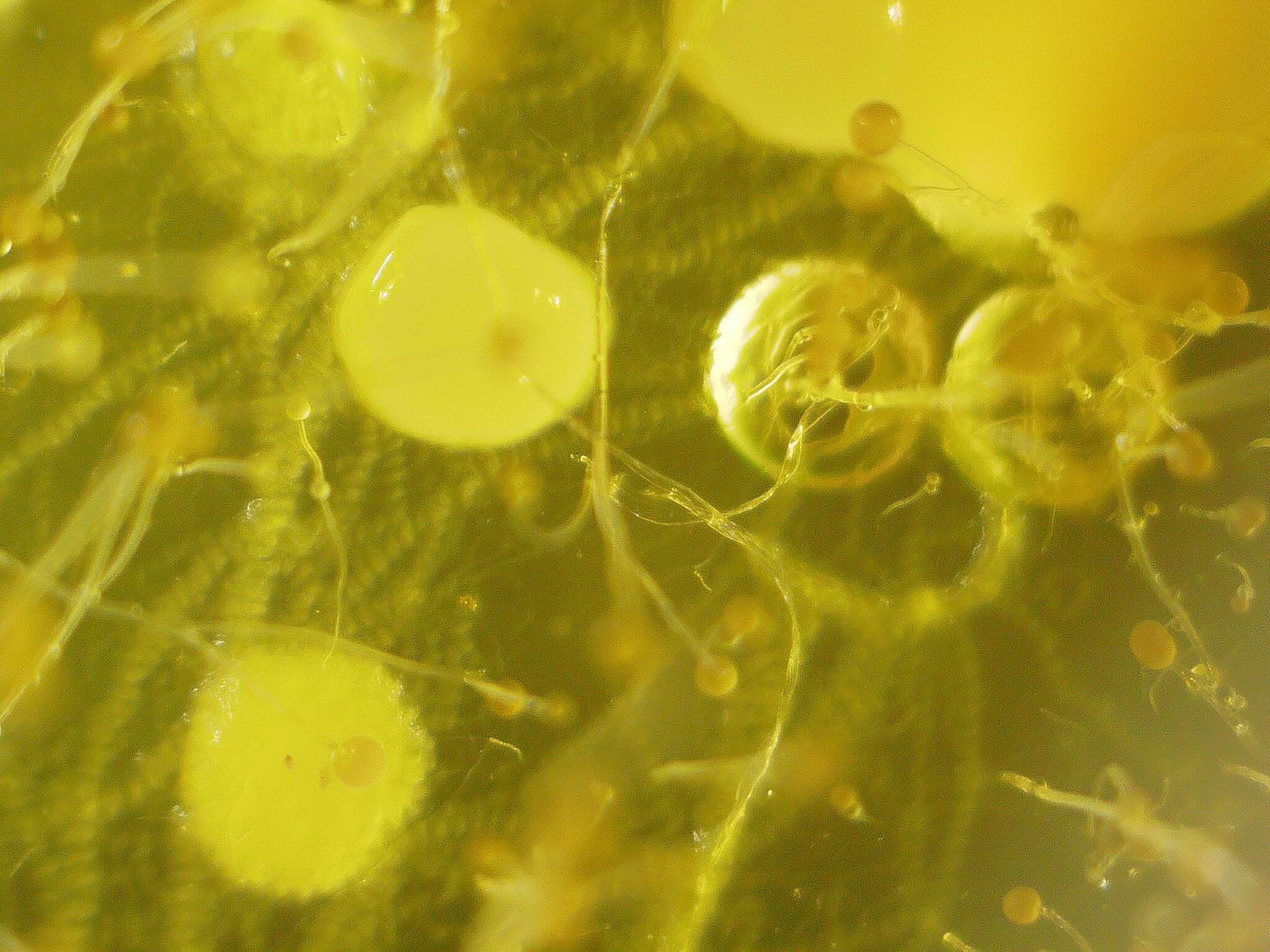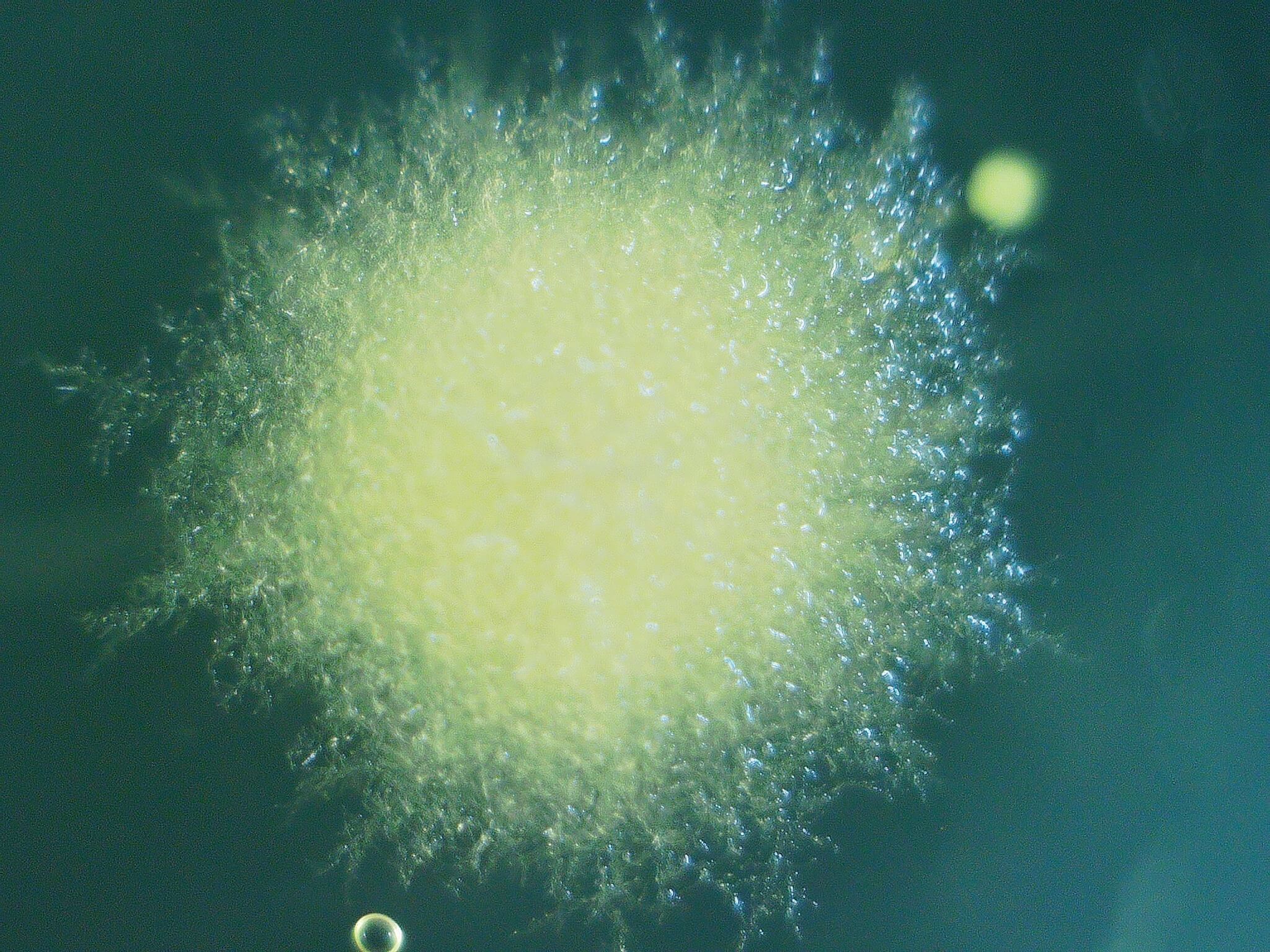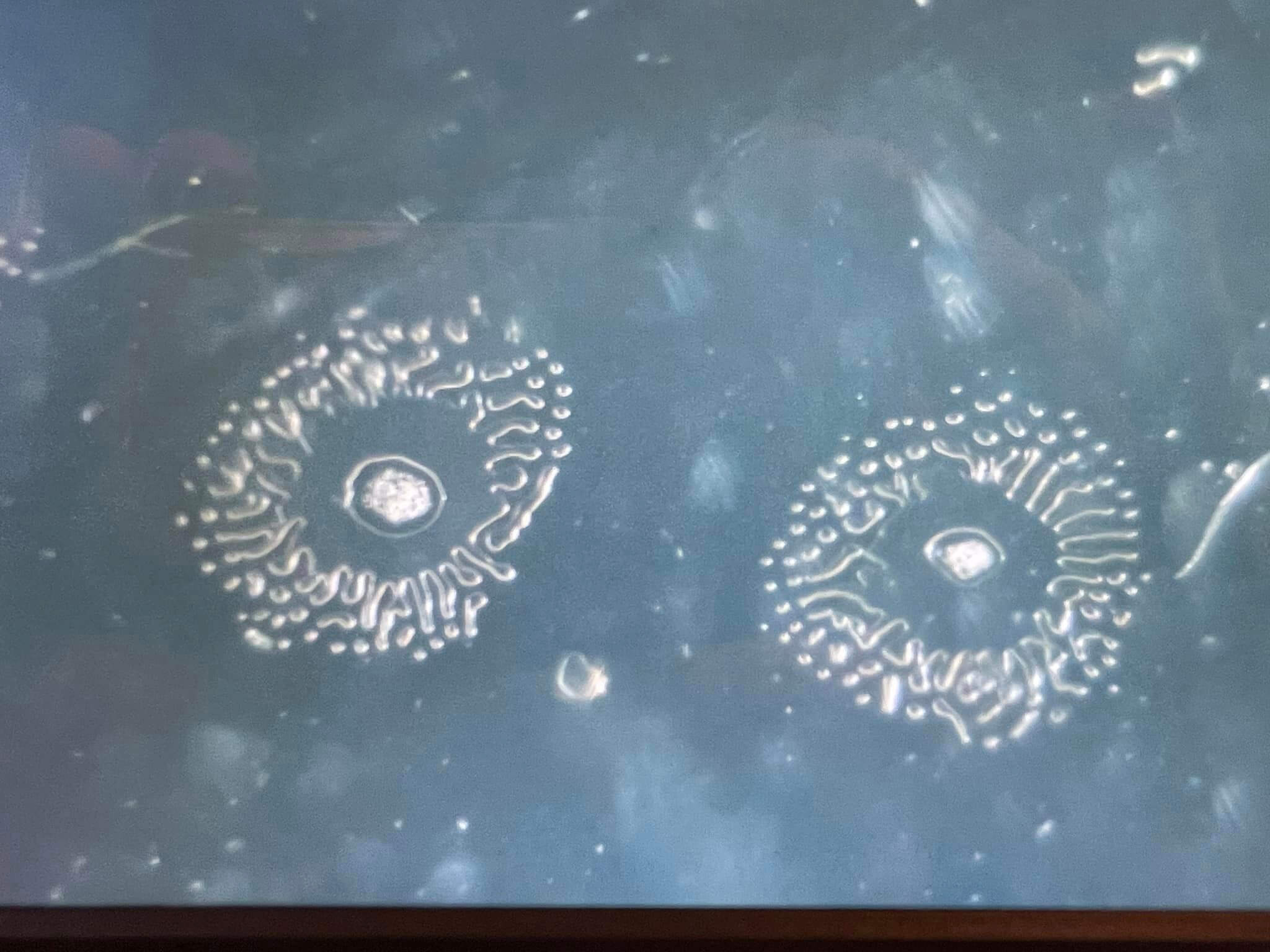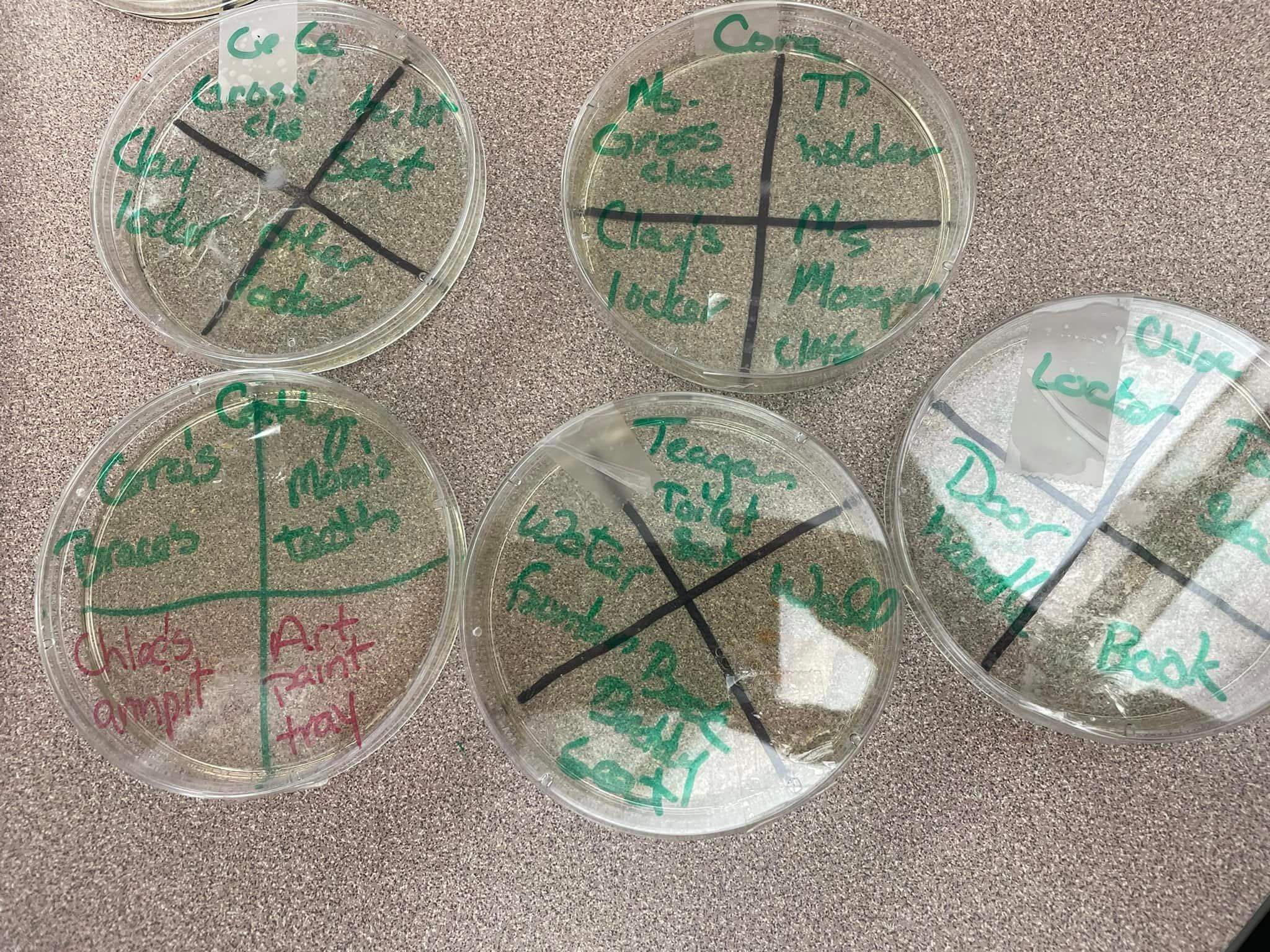
One of the many other hats I wear is Troop Leader of a Brownie / Junior Girl Scout Troop. My girls are 2nd, 3rd, and 4th graders – they love art, crafts, and yes – Science!
We have spent the fall working on our “Think Like a Citizen Scientist” journey/badge. The girls documented nature through QuestaGame, made terrariums, learned about taxonomy and paleontology, and swiped the school (and college) surfaces to test cleanliness. [Spoiler alert – surfaces are not clean.] These engaging activities have allowed them to make connections in their learning and “sense-making” — far more than they would from a textbook.
In early November, the girls used swabs and petri dishes to swab and sample various surfaces around Willow Hill Elementary. Their hands. The doors, desks, seating areas, beanbags, and more. A few of my college students also helped by swabbing some surfaces in Scholar’s Hall (including the bathroom doors/knobs/paper towel dispensers, drinking fountain, vending machine, door handles, SH113 keyboard, and a few other spots.
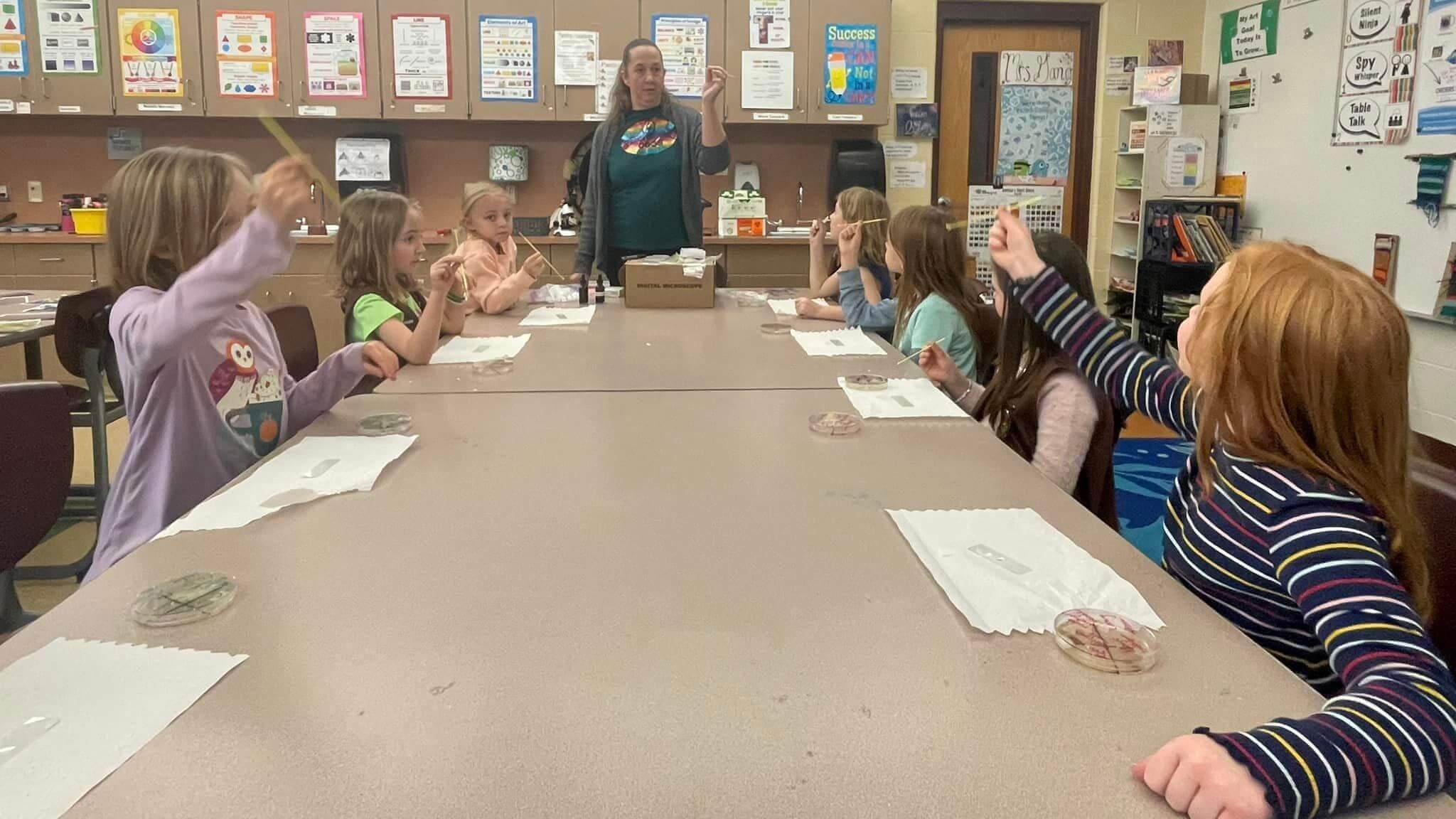
Spoiler Alert: Yes, we found stuff. In the world of bacteria we found the telltale signs of “hamburgers” and “hotdogs” – aka – strings of rice shaped bacteria, short fat bacteria, clusters of bacteria, and a few more that we’re still unsure of…. We also found a flat worms worm-worms, amoebas, and a ton of varieties of molds beyond imagination.
A quick shout out to our NMC Biology friends for loaning out some reusable supplies and dye for us to “see” the bacteria.
What we do now makes a difference. It leaves an impression. Kids hunger for hands-on learning – far more than what they can get from pictures in a book.
Please take a moment to enjoy the variety of finds from our petri dishes and slides. And for the love of all things holy, please wash your hands!
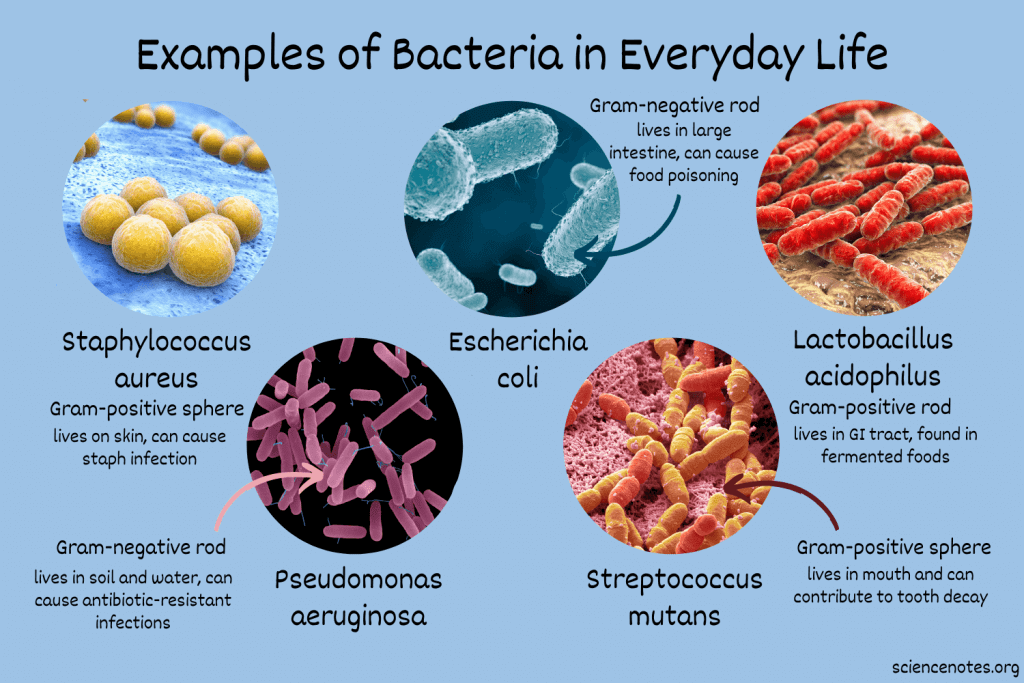
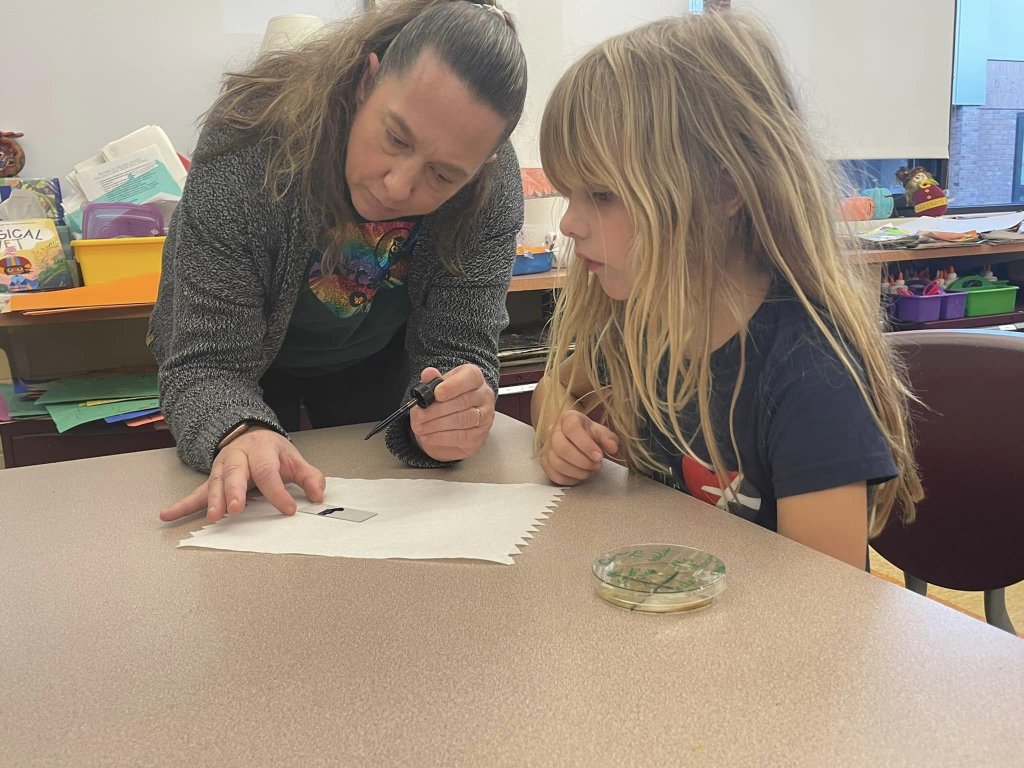
In terms of learning, this week long science experiment made lasting impacts — from the simple “this is why we wash our hands” to a complete fascination and passion to study microbiology in the future. The girls know that there is more beyond what they can see with their naked eyes. Thanks to a digital microscope (thanks Amazing for less than $150), we were able to take many pictures capturing our finds. Some poor families now proudly display their e-coli on their fridges, next to the children’s artwork.
I look forward to seeing my girls on NMC’s campus in 8-10 years (maybe 6 with some early college programs!). And I expect more than a few will find their way to the microbiology lab.
